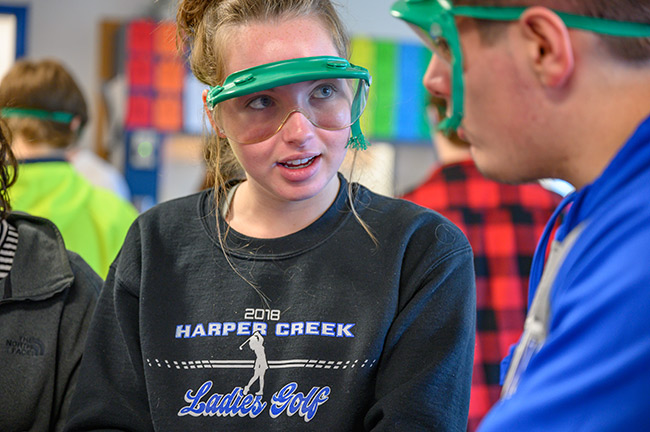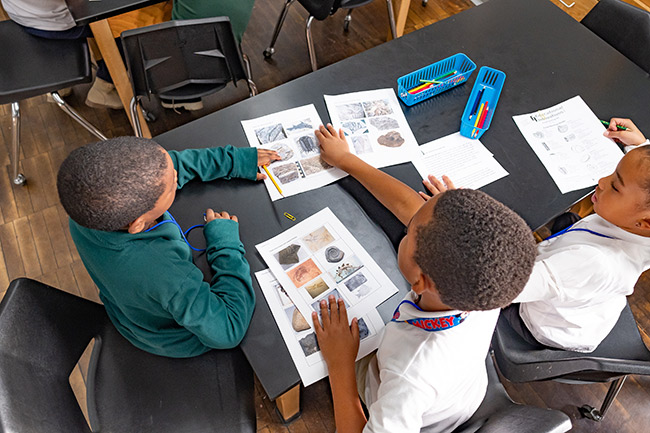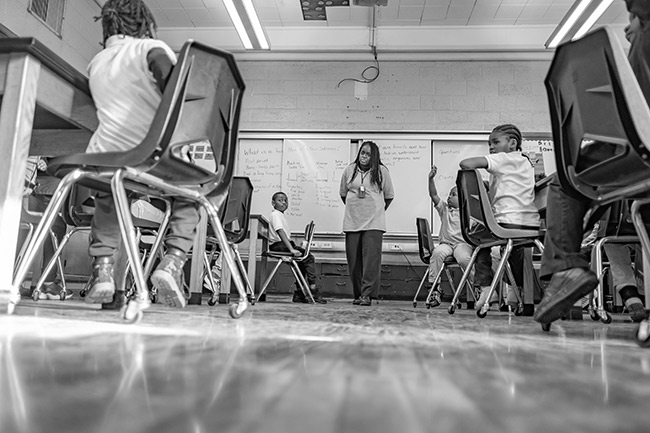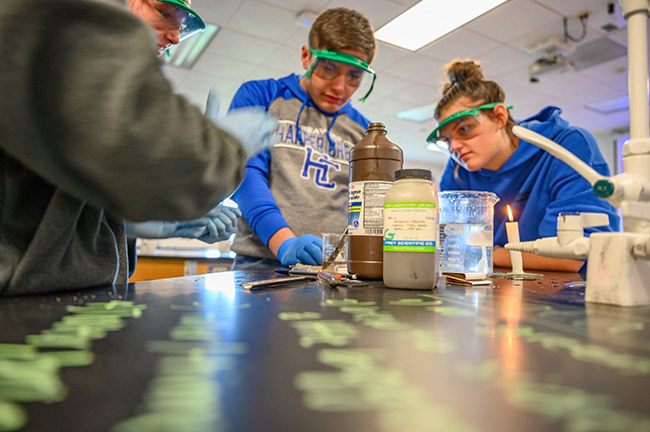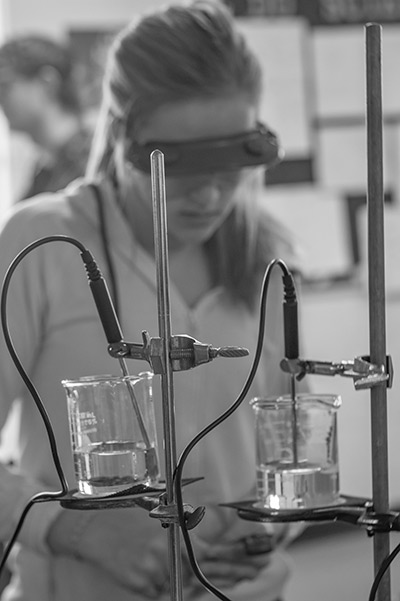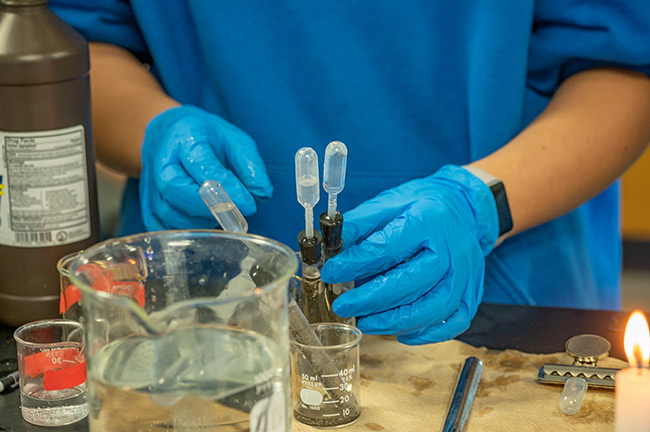What happens when science teachers change their teaching to focus on students exploring their world?
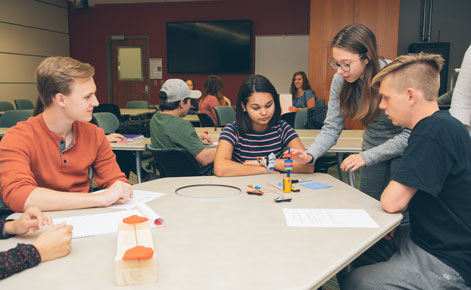
Students in the U.S. and Finland participating in a new project-based learning model are not only learning more, but becoming more engaged in class, research from Michigan State University shows. It’s an approach schools everywhere should adopt, the researchers say, to ensure the next generation of students is prepared to solve the scientific problems of their time.
They explain powerful early findings from their ongoing international experiment in a new book for educators, policymakers and researchers. “Learning Science: The Value of Crafting Engagement in Science Environments,” will be available in February 2020 from Yale University Press.
“When students are encouraged to use their imagination, figure out phenomena in the world and solve problems, they develop knowledge they can use in their lives and they actually become more excited about what they are learning,” said Joseph Krajcik, co-author and director of the CREATE for STEM Institute at MSU. “Now that we have seen the impact of these changes, we are hoping to help many more teachers rethink how their students experience science.”
An international experiment
Barbara Schneider (co-author), Krajcik and their team used a $3.6 million grant from the National Science Foundation to develop and study teaching and learning materials for high school physics and chemistry based on the principles of the Next Generation Science Standards (NGSS). Unlike traditional instruction requiring students to memorize facts, NGSS emphasizes deep understanding of core scientific ideas and the practices of real scientists as students make sense of the world in which they live.
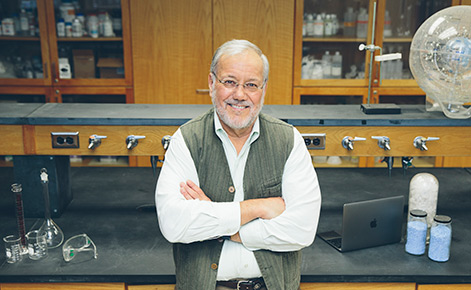
The project, one of many cutting-edge efforts at MSU to improve science, technology, engineering and mathematics (STEM) education, represents a collaboration with colleagues at the University of Helsinki in Finland. Though Finland is known globally for its high student achievement, its schools face the same challenge as in the U.S.: disinterest in science class, and fewer young people willing to pursue STEM careers.
Researchers have established a professional learning community with teachers and scholars in both nations. They provide engaging curriculum materials and ongoing professional learning for participating teachers. The impact of the project is assessed through classroom observations and pre- and post-tests. Students and teachers also respond to surveys—often administered in real-time via cell phones—to capture what they are doing in science class and how they feel about it.
Looking forward
“Learning Science” was written based on field tests with over 1,000 students in Michigan and takes readers inside many of the collaborating teachers’ real classrooms. Since then, research has expanded to over 7,000 students in multiple states and Finland, with very promising results. Leaders hope to make the curriculum units available free to schools in the future.

“Through our research, we are completely changing how students experience gateway subjects in science, so they don’t feel isolated or discouraged,” said Schneider, the John A. Hannah University Distinguished Professor of education and sociology at MSU. “With growing evidence of what works, we are ready to provide teachers with the necessary tools to make a profound impact on the next generation of learners.”
Jari Lavonen and Kateriina Salmela-Aro, both of University of Helsinki, co-author the book with Krajcik and Schneider.
Related links
- Read the original story about the grant (Sept. 2015)
- Krajcik, MSU’s the Lappan-Phillips Professor of Science Education, was elected to the National Academy of Education in 2019
- Krajcik spoke with WKAR about the research (Jan. 2020)
- Schneider, who was recently named as a top national education influencer, received an honorary doctorate from the University of Helsinki in 2017
- Krajcik and Schneider’s work—and even more from College of Education scholars and alumni—was featured in the New Educator






